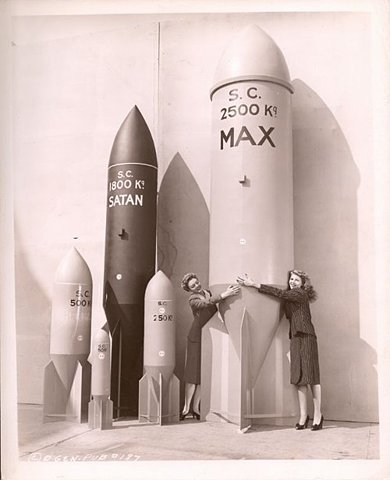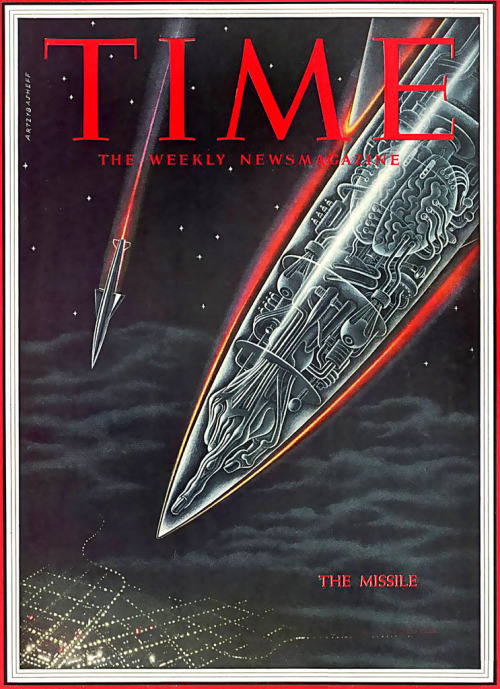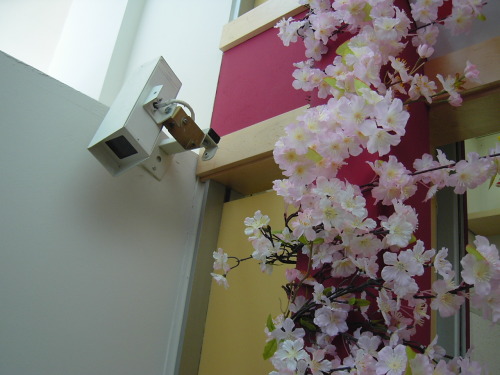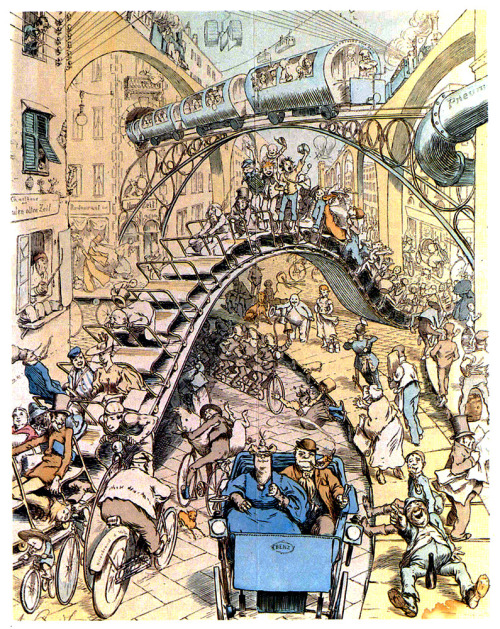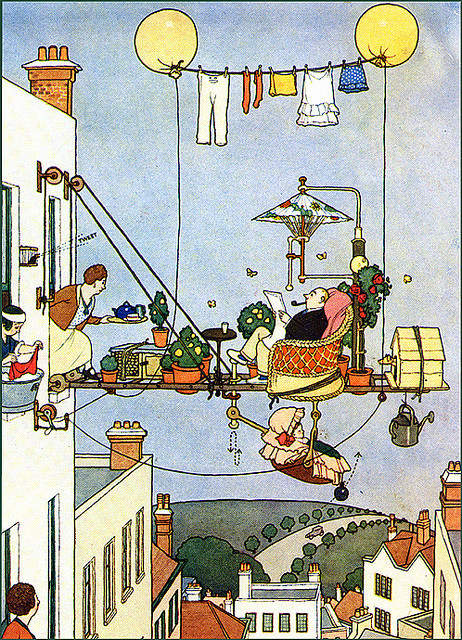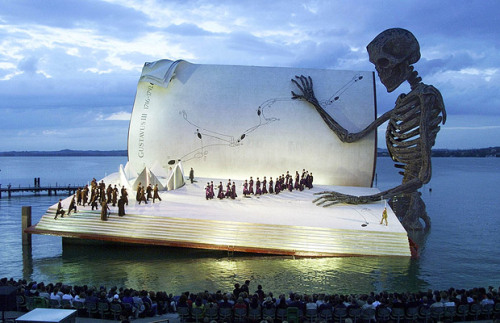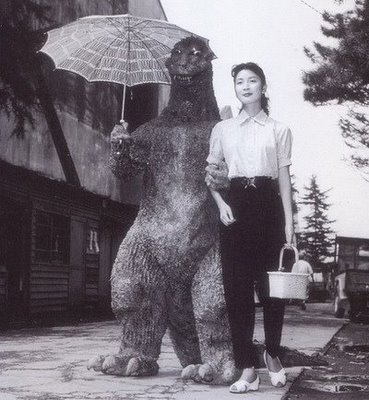
Friday, December 24, 2010
Dark Roasted Biscotti
Here's yet another of my takes on doing a Biscotti for the always-wonderful Dark Roasted Blend. I have to say these are a real kick and a treat to put together!
Thursday, December 23, 2010
Wednesday, December 22, 2010
Tuesday, December 21, 2010
Monday, December 20, 2010
Saturday, December 18, 2010
Wednesday, December 15, 2010
Tuesday, December 14, 2010
Neighbours
Wiki:
Neighbours (French title: Voisins) is a 1952 short film by Scottish-Canadian filmmaker Norman McLaren.
Produced at the National Film Board of Canada in Montreal, the film uses the technique known as pixilation, an animation technique using live actors as stop-motion objects. McLaren created the soundtrack of the film by scratching the edge of the film, creating various blobs, lines, and triangles which the projector read as sound.
Two men (Jean-Paul Ladouceur and Grant Munro) live peacefully side by side in houses made of cardboard, but when a flower blooms between both their houses, they fight each other to the death over the ownership of the single small flower.
Neighbours has garnered the label "one of the most controversial films the NFB ever made". Further, the eight-minute film was politically motivated:
"I was inspired to make Neighbours by a stay of almost a year in the People's Republic of China. Although I only saw the beginnings of Mao's revolution, my faith in human nature was reinvigorated by it. Then I came back to Quebec and the Korean War began. (...) I decided to make a really strong film about anti-militarism and against war." — Norman McLarenHowever, the version of Neighbours that ultimately won an Oscar was not the version McLaren had originally created. In order to make the film palatable for American and European audiences, McLaren was required to remove a scene in which the two men, fighting over the flower, murdered the other's wife and children.
During the Vietnam War, public opinion changed, and McLaren was asked to put the sequence back in. The original negative of that scene had been destroyed, so it was salvaged from a positive print of lower quality.
Monday, December 13, 2010
Sunday, December 12, 2010
Dark Roasted Weirdsville
Check it out: a brand new Dark Roasted Blend piece I did just went up: this time about building REALLY big things ... and I mean REALLY big things ....
As you remember in our last show we talked about how to add extra storage space to your continent by turning mountain ranges into bookcases, turning lakes into bath tubs, and continental shelfs into decks. Well, in this special episode of This Old World we're going to be taking the same approach but ramping it up a bit because, let's face it, even the best planet can only hold so many people. One day – though probably not anytime soon – all of us are going to need to do some serious expanding.
Back in the 1920s Herman Sörgel had the right idea, though on a pretty small scale. Herman's plan was to do a bit of tinkering with a rather tiny, almost insignificant, part of the earth: the Mediterranean Sea. Using readily available materials – though a lot of them – and technology he drew up plans to put a dam across the Straights of Gibraltar, and then to drain a large portion of the sea. The dam, he said, would provide power, and the radically lowered Mediterranean would give Europe and Africa a bountiful new spread of fertile land. Alas, Herman's Atlantropa never got off his drawing board but you have to admire his creativity – even if he didn't think big enough.
Christian Waldvogel, though, realized that if you're going to do some serious structural work it's better to overdo it than underdo it. Let's face it, if you’re going to tear down an old classic like the Earth you might as well get as much from it as you can. Waldvogel's idea was to take the planet, every bit of it, and reform it into what he called Globus Cassus: a massive hollow shell that humanity would live inside of, sunlight coming in through continent-sized windows. Since Globus Cassus would use all that wasted matter that otherwise is doing nothing but giving our little world gravity it would be much bigger, and with much more surface and living area than what we have now: imagine being on the inside of something the size of Jupiter. Since there'd be no gravity the people living inside would be held in place by inertia – what used to be called centrifugal force -- by giving the structure an appropriate amount of spin.
The obvious question is that if you're going to be a doing a bit of fixing-upping then why just stick with the Earth? There are plenty of other worlds in the solar system that are just sitting there, taking up space. Adding their mass to your plan opens up whole new opportunities to add some serious dimensions to your expansion.
One of the smallest of these is Larry Niven's legendary ringworld. The idea of rather simple: take most of the planets in the solar system, chew them up, and then turn them into a ring as long as Earth's orbit, as wide as the planet, with 1000 mile high edges to keep the air in. A ringworld would certainly give you lots of extra space – something on the order of three million earths – and, like Globus Cassus, it would be spun to make fake gravity. You could even make parts of it higher off the surface if you like your air a bit thinner, and if missed days and nights then you could put a row of black squares in an inner orbit to cast shadows.
No insult to Larry and his ringworld, though, it is on the smaller end of what you can do with a solar system if you really put your mind to it. Dan Alderson thought a bit bigger with his disc idea. Once again, all you need to do to create one is take every speck of matter in the solar system but instead of creating a ring you make a disc. Think a CD as thick as the earth's diameter – to make gravity – and with our sun in the center. If you like it warm you can get closer to that center and if you like it colder then step back a bit. If you miss the sunrises and sunsets then just bob the sun up and do so the folks on one side will get a bright day while the folks on the other will get a cooler night. And since the disc is as thick as the earth you don't need to worry about needing to fake gravity.
But, once again, we just aren't thinking big enough. Ponder the sun for a sec: isn't a lot of it being wasted on both a ringworld and a disc? Why not simply put a sphere around a sun to catch every little photon and, as a huge bonus, give you a lot of real estate to play with.
The also-legendary Freeman Dyson had the very same thought, thus the structure that bears his name: a Dyson Sphere. The only problem with a Dyson Sphere, aside from certain logistical headaches, is one of gravity as you can't do the same trick with a disc that you can do with a sphere. But that doesn't mean you couldn't just spin the sphere, giving folks on the inside an illusion of it – though if you walked too far up or down the inside there might be some very odd effects. If you really want to be ambitious, though, why not simply make the sphere as thick as the earth and have your population live on the outside? Light could be provided by a parade of fake suns powered by the real sun trapped inside the sphere under their feet.
Next week we'll discus how to add some serious space to your solar system by taking the idea of the Dyson sphere and ramping it up a bit. After all, if you can cage a star why not do the same to a solar system or even a galaxy?
The sky -- to dismiss the cliché -- is not the limit when it comes to planetary engineering.
As you remember in our last show we talked about how to add extra storage space to your continent by turning mountain ranges into bookcases, turning lakes into bath tubs, and continental shelfs into decks. Well, in this special episode of This Old World we're going to be taking the same approach but ramping it up a bit because, let's face it, even the best planet can only hold so many people. One day – though probably not anytime soon – all of us are going to need to do some serious expanding.
Back in the 1920s Herman Sörgel had the right idea, though on a pretty small scale. Herman's plan was to do a bit of tinkering with a rather tiny, almost insignificant, part of the earth: the Mediterranean Sea. Using readily available materials – though a lot of them – and technology he drew up plans to put a dam across the Straights of Gibraltar, and then to drain a large portion of the sea. The dam, he said, would provide power, and the radically lowered Mediterranean would give Europe and Africa a bountiful new spread of fertile land. Alas, Herman's Atlantropa never got off his drawing board but you have to admire his creativity – even if he didn't think big enough.
Christian Waldvogel, though, realized that if you're going to do some serious structural work it's better to overdo it than underdo it. Let's face it, if you’re going to tear down an old classic like the Earth you might as well get as much from it as you can. Waldvogel's idea was to take the planet, every bit of it, and reform it into what he called Globus Cassus: a massive hollow shell that humanity would live inside of, sunlight coming in through continent-sized windows. Since Globus Cassus would use all that wasted matter that otherwise is doing nothing but giving our little world gravity it would be much bigger, and with much more surface and living area than what we have now: imagine being on the inside of something the size of Jupiter. Since there'd be no gravity the people living inside would be held in place by inertia – what used to be called centrifugal force -- by giving the structure an appropriate amount of spin.
The obvious question is that if you're going to be a doing a bit of fixing-upping then why just stick with the Earth? There are plenty of other worlds in the solar system that are just sitting there, taking up space. Adding their mass to your plan opens up whole new opportunities to add some serious dimensions to your expansion.
One of the smallest of these is Larry Niven's legendary ringworld. The idea of rather simple: take most of the planets in the solar system, chew them up, and then turn them into a ring as long as Earth's orbit, as wide as the planet, with 1000 mile high edges to keep the air in. A ringworld would certainly give you lots of extra space – something on the order of three million earths – and, like Globus Cassus, it would be spun to make fake gravity. You could even make parts of it higher off the surface if you like your air a bit thinner, and if missed days and nights then you could put a row of black squares in an inner orbit to cast shadows.
No insult to Larry and his ringworld, though, it is on the smaller end of what you can do with a solar system if you really put your mind to it. Dan Alderson thought a bit bigger with his disc idea. Once again, all you need to do to create one is take every speck of matter in the solar system but instead of creating a ring you make a disc. Think a CD as thick as the earth's diameter – to make gravity – and with our sun in the center. If you like it warm you can get closer to that center and if you like it colder then step back a bit. If you miss the sunrises and sunsets then just bob the sun up and do so the folks on one side will get a bright day while the folks on the other will get a cooler night. And since the disc is as thick as the earth you don't need to worry about needing to fake gravity.
But, once again, we just aren't thinking big enough. Ponder the sun for a sec: isn't a lot of it being wasted on both a ringworld and a disc? Why not simply put a sphere around a sun to catch every little photon and, as a huge bonus, give you a lot of real estate to play with.
The also-legendary Freeman Dyson had the very same thought, thus the structure that bears his name: a Dyson Sphere. The only problem with a Dyson Sphere, aside from certain logistical headaches, is one of gravity as you can't do the same trick with a disc that you can do with a sphere. But that doesn't mean you couldn't just spin the sphere, giving folks on the inside an illusion of it – though if you walked too far up or down the inside there might be some very odd effects. If you really want to be ambitious, though, why not simply make the sphere as thick as the earth and have your population live on the outside? Light could be provided by a parade of fake suns powered by the real sun trapped inside the sphere under their feet.
Next week we'll discus how to add some serious space to your solar system by taking the idea of the Dyson sphere and ramping it up a bit. After all, if you can cage a star why not do the same to a solar system or even a galaxy?
The sky -- to dismiss the cliché -- is not the limit when it comes to planetary engineering.
Saturday, December 11, 2010
Friday, December 10, 2010
Dark Roasted Biscotti
Here's yet another of my takes on doing a Biscotti for the always-wonderful Dark Roasted Blend. I have to say these are a real kick and a treat to put together!
Tuesday, December 7, 2010
Monday, December 6, 2010
Saturday, December 4, 2010
Friday, December 3, 2010
Thursday, December 2, 2010
Wednesday, December 1, 2010
Subscribe to:
Posts (Atom)

